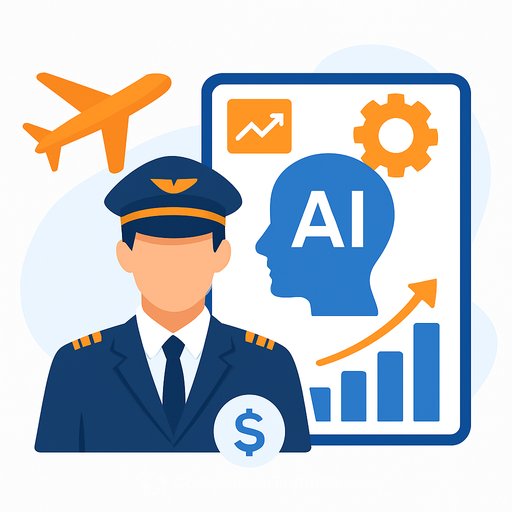Sutherland Launches Insurance AI Hub to Break the Pilot Trap
Sutherland announced its Insurance AI Hub, an agentic AI ecosystem built specifically for carriers who need scale, compliance alignment, and measurable ROI-without getting stuck in endless proofs of concept. It's trained on real insurance workflows and is already in production with enterprises across Life & Annuity, Group Benefits, P&C, and Specialty.
The pitch is simple: outcomes over demos. The Hub combines specialized AI agents, human-in-the-loop controls, auditability, and transparency-so teams can move from experimentation to operational impact across claims, underwriting, servicing, and renewals.
Why this matters for carriers
- Move past pilot fatigue with insurance-trained agents that fit legacy and modern stacks.
- Prove value fast with measurable metrics across cycle time, leakage, conversion, and OPEX.
- Operate with guardrails: human oversight, audit trails, model transparency, and alignment with SOC 2, HIPAA, and NAIC expectations.
What's inside the Insurance AI Hub
- Agentic AI for Claims & Enrollment: Streams disability and life claims with human-in-the-loop accuracy-up to 30% cycle time reduction, 12% leakage reduction, and 10+% lift in claimant satisfaction.
- Voice AI: Natural customer conversations across claims, servicing, and sales-20% contact center efficiency gains, up to 3% improvement in conversion, and 10+ point NPS increases.
- Connected Underwriting: AI-driven triage and appetite matching-30% efficiency gains, 16% higher win rates, and 3.7x growth in high-appetite business.
- Cognilink Document Intelligence: Automates document-heavy workflows-30% OPEX reduction, 1-1.5% indemnity improvement, and 10-12% leakage reduction.
Built-in guardrails
- Human-in-the-loop by default, with clear audit trails and action traceability.
- Model transparency and bias controls to support internal review and regulator readiness.
- Alignment with HIPAA and NAIC expectations for data privacy and oversight.
How it's built
A modular, plug-and-play architecture lets each agent run on its own or coordinate with others across the policy lifecycle. That makes it easier to phase adoption by use case while preserving transparency and control.
The stack integrates with fragmented environments and existing hyperscaler contracts. It focuses on clear handoffs between AI and people so teams can manage exceptions without slowing the entire process.
Who it serves
- Life & Annuity
- Group Benefits
- Property & Casualty
- Specialty
What leadership is saying
"Insurers don't need more AI pilots-they need outcomes," said Banwari Agarwal, CEO of Insurance, Banking and Financial Services at Sutherland. "The Insurance AI Hub was built with insurance DNA from day one. It delivers scalable agentic automation that understands the industry's complexities, integrates into fragmented IT environments, and provides measurable results-not just demos."
Practical next steps for carriers
- Pick one high-volume workflow (e.g., FNOL triage, enrollment validation, appetite matching) and define 3-5 KPIs tied to loss, expense, or revenue.
- Instrument quality gates: human review thresholds, audit checkpoints, and exception paths.
- Plan integration early: claims/underwriting systems, document intake, telephony, and identity.
- Run a 6-12 week rollout with production data, not sandbox samples-optimize weekly against KPI deltas.
- Upskill teams on prompt QA, exception handling, and model governance to keep velocity without risk. For role-based upskilling, see AI courses by job.
Learn more
Explore the Insurance AI Hub at sutherlandglobal.com or email mediarelations@sutherlandglobal.com.
Your membership also unlocks:






